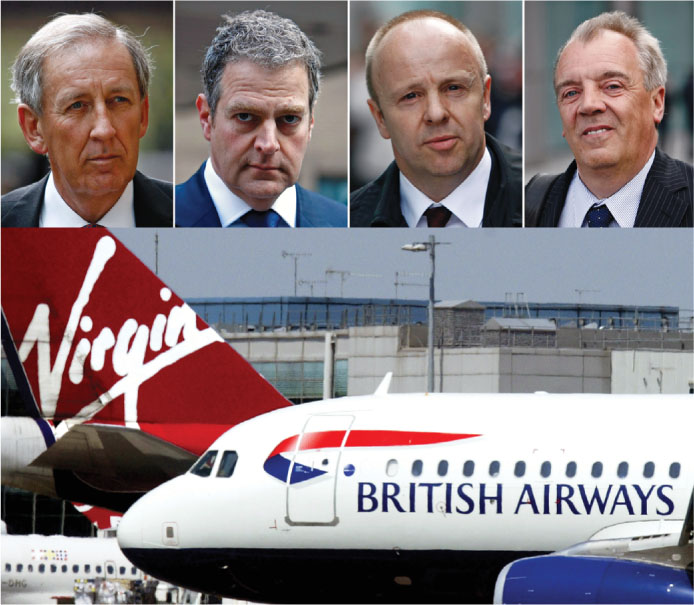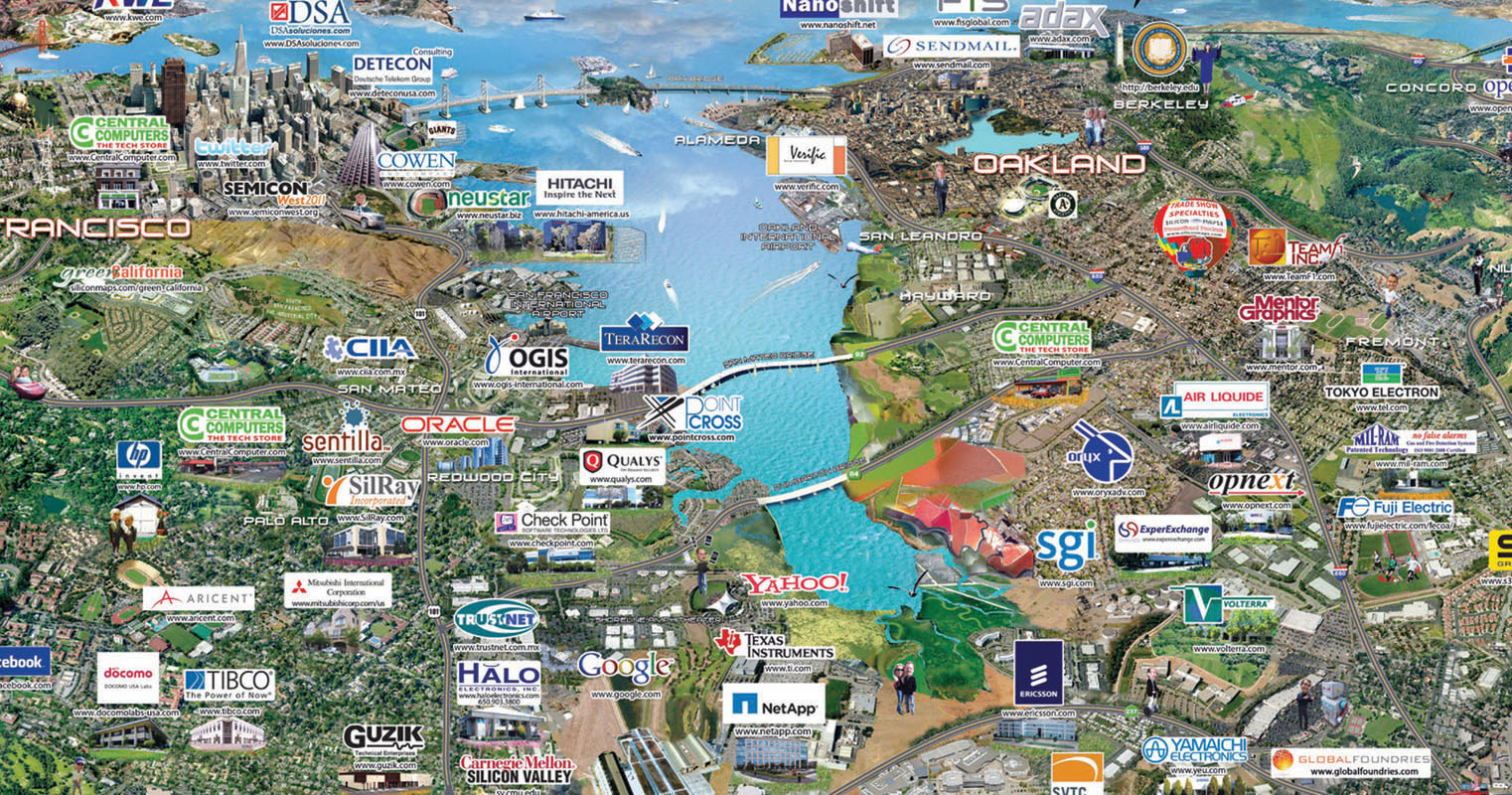Business Cases
Virgin Atlantic Blows the Whistle … or Blows It?

Ian Waldie/Getty Images
The United Kingdom is home to two long-haul airline carriers (carriers that fly between continents): British Airways and its rival, Virgin Atlantic. Although British Airways is the dominant company, with a market share generally between 50% and 100% on routes between London and various American cities, Virgin has been a tenacious competitor.
The rivalry between the two has ranged from relatively peaceable to openly hostile over the years. In the 1990s, British Airways lost a court case alleging it had engaged in “dirty tricks” to drive Virgin out of business. In April 2010, however, British Airways may well have wondered if the tables had been turned.
It all began in mid-July 2004, when oil prices were rising (long-haul airlines are especially vulnerable to oil price hikes). British prosecutors alleged that the two airlines had plotted to levy fuel surcharges on passengers. For the next two years, according to the prosecutors, the rivals had established a cartel through which they coordinated increases in surcharges. British Airways first introduced a £5 ($8.25) surcharge on long-haul flights when a barrel of oil traded at about $38. It increased the surcharge six times, so that by 2006, when oil was trading at about $69 a barrel, the surcharge was £70 ($115). At the same time, Virgin Atlantic also levied a £70 fee. These surcharges increased within days of each other.
Eventually, three Virgin executives decided to blow the whistle in exchange for immunity from prosecution. British Airways immediately suspended its executives under suspicion and paid fines of nearly $500 million to U.S. and U.K. authorities. And in 2010 four British Airways executives were prosecuted by British authorities for their alleged role in the conspiracy.
The lawyers for the executives argued that although the two airlines had swapped information, this was not proof of a criminal conspiracy. In fact, they argued, Virgin was so fearful of American regulators that it had admitted to criminal behavior before confirming that it had indeed committed an offense. One of the defense lawyers, Clare Montgomery, argued that because U.S. laws against anti-competitive behavior are much tougher than those in the United Kingdom, companies may be compelled to blow the whistle to avoid investigation. “It’s a race,” she said. “If you don’t get to them and confess first, you can’t get immunity. The only way to protect yourself is to go to the authorities, even if you haven’t [done anything].” The result was that the Virgin executives were given immunity in both the United States and the United Kingdom, but the British Airways executives were subject to prosecution (and possible multiyear jail terms) in both countries.
In late 2011 the case came to a shocking end—shocking, that is, for Virgin Atlantic and U.K. authorities. Citing e-mails that Virgin had finally been forced by the court to turn over, the judge found insufficient evidence that there had ever been a conspiracy between the two airlines. The court was incensed enough to threaten to rescind the immunity granted to the three Virgin executives.
- Explain why Virgin Atlantic and British Airlines might collude in response to increased oil prices. Was the market conducive to collusion or not?
- How would you determine whether illegal behavior actually occurred? What might explain these events other than illegal behavior?
- Explain the dilemma facing the two airlines as well as their individual executives.
A Tale of Two Research Clusters

Silicon Valley in California and Route 128 in Massachusetts are the preeminent high-tech clusters in the world. Silicon Valley dates back to the early 1930s, when Stanford University encouraged its electrical engineering graduates to stay in the area and start companies.
In the early 1950s Stanford created the Stanford Industrial Park, leasing university land to high-tech companies that worked closely with its engineering school. In the mid-1950s, defense contractors such as Lockheed brought dollars to the area. By the late 1960s, a critical mass of such talent had accumulated. For example, in 1968, eight young engineers left their employer over a disagreement; over the next 20 years, they founded 65 new companies, including Intel Corporation, which later created the microprocessor chip, the brain of personal computers.
This pattern repeated: one researcher estimated that in small and medium-sized firms, 35% of the workforce would, on average, turn over in a year. Silicon Valley became a fertile location for startups, with dozens sprouting every year—everything from firms specializing in hardware and software to network firms like eBay, Facebook, and Google. It also became home to investors who specialize in financing new high-tech companies. Silicon Valley’s compact geographical location allowed people to form close social and research bonds even while working for rival firms.
On the other side of the country, a high-tech cluster known as Route 128 lies on a 65-mile highway surrounding Boston and Cambridge. It owes its beginnings to the Massachusetts Institute of Technology (MIT), the top engineering university in the world, as well as funding from the U.S. military, NASA, and the National Science Foundation. In the 1950s Route 128 dominated Silicon Valley, with three times the employment.
But early on Route 128 differed from Silicon Valley in significant ways. Geographically, Route 128 was more spread out than Silicon Valley. Its firms were larger, reflecting the needs of defense contractors during the Cold War. And MIT extended little help to Route 128 firms.
Another major difference between the two clusters lay in how firms were organized. Route 128 firms tended to be “vertically integrated,” combining the entire chain of production from research to design to production in the same firm. Silicon Valley firms focused exclusively on research and design, contracting production out to specialized firms that achieved economies of scale. In contrast to the fluidity of employees and ideas across companies in Silicon Valley, Route 128 firms emphasized a commitment to lifetime employment and closely guarded their innovations to remain competitive.
The 1970s and 1980s were harsh for Route 128. Military spending dried up, and it lost its edge in minicomputers when Apollo Computers lost its preeminence to an aggressive Silicon Valley firm, Sun Microsystems. By 1980, electronics employment in Silicon Valley was three times that of Route 128. Over time, Route 128 ceded the advantage to Silicon Valley in electronics and networking. Today its niche is in biotechnology, genetics, materials engineering, and finance.
- What positive externalities were common to both Silicon Valley and Route 128? What positive externalities were not common to both? Explain.
- What factors made Silicon Valley such a fertile place for startups? How did these factors interact with one another? What inhibited startups in Route 128?
- In hindsight, what could Apollo Computers have done to maintain its advantage in minicomputers? What does this tell you generally about research clusters?